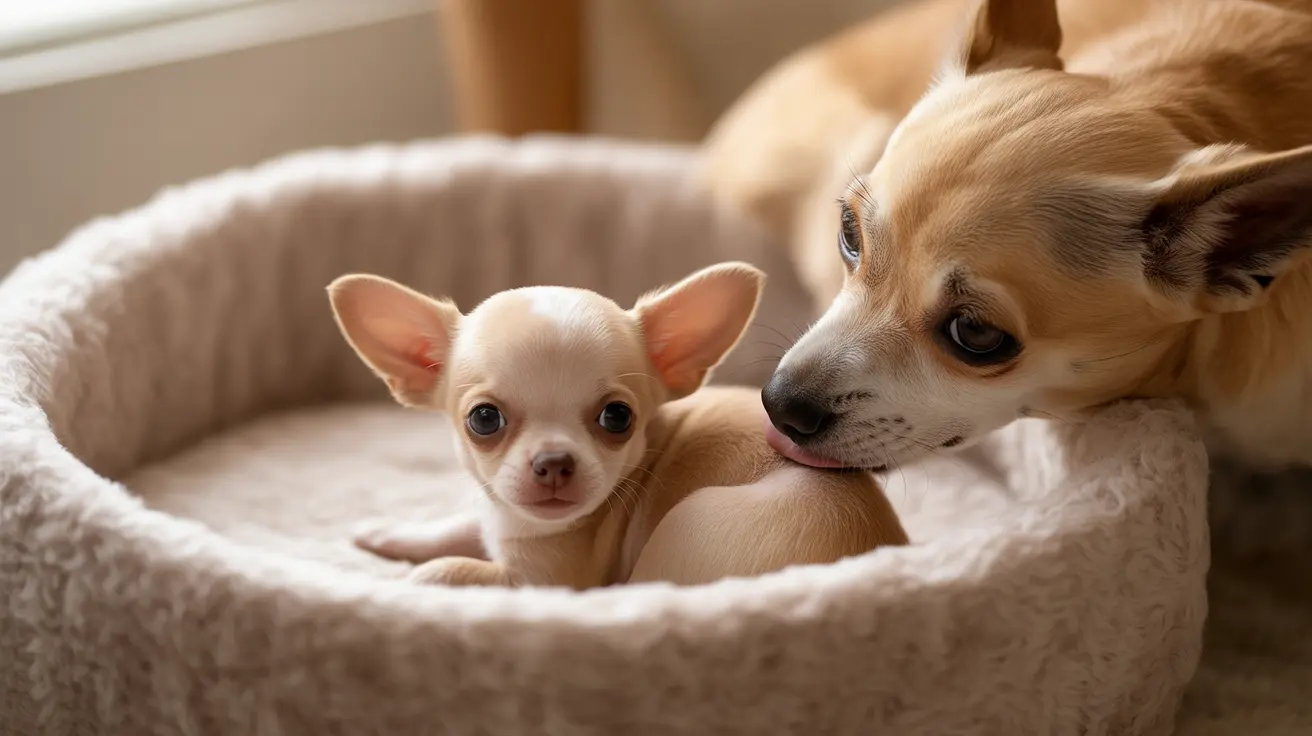Understanding how often puppies need to pee is crucial for successful house training and ensuring your puppy's health. Young puppies have smaller bladders, faster metabolisms, and less developed bladder control compared to adult dogs, making frequent bathroom breaks essential.
In this comprehensive guide, we'll break down puppy urination frequency by age, explore factors affecting bathroom needs, and provide practical advice for managing your puppy's potty schedule effectively.
Age-Based Puppy Urination Schedule
Newborn to 3 Weeks
During the earliest weeks, puppies require their mother's help to urinate and typically need stimulation every 1-2 hours. This is a crucial period where the mother handles most bathroom duties.
Under 2 Months
At this stage, puppies need extremely frequent bathroom breaks, often every 30-60 minutes during active periods. Their tiny bladders and high metabolism mean they simply can't hold it for longer.
2-3 Months Old
Follow the "one hour per month of age" rule: a two-month-old puppy needs breaks every two hours, while a three-month-old can usually hold it for three hours. This timeline helps establish a consistent routine.
Factors Affecting Urination Frequency
Physical Factors
Breed size significantly impacts urination frequency. Smaller breeds like Chihuahuas have tinier bladders and need more frequent breaks than larger breeds. Additionally, activity level and metabolism rate play crucial roles in how often a puppy needs to relieve themselves.
Daily Routines and Triggers
Certain activities consistently trigger the need to urinate:
- Immediately after waking up
- Within 10-15 minutes of eating or drinking
- During or after playtime
- Before bedtime
Recognizing Normal vs. Problematic Urination
Normal Patterns
Young puppies typically urinate 12-16 times daily, gradually decreasing to 6-8 times by six months of age. This frequency is perfectly normal and reflects their developing bladder control.
Warning Signs
Watch for concerning symptoms like:
- Sudden increases in urination frequency
- Straining to urinate
- Blood in urine
- Accidents after successful house training
These may indicate health issues requiring veterinary attention.
Effective House Training Strategies
Creating a Schedule
Establish a consistent routine based on your puppy's age and needs. Set regular feeding times and maintain predictable potty breaks to help your puppy develop reliable habits.
Positive Reinforcement
Always reward successful outdoor urination with treats and praise. This positive association accelerates learning and encourages proper bathroom habits.
Frequently Asked Questions
How often should I take my puppy outside to pee based on their age?
Follow the "one hour per month of age" rule up to 6 months. For example, a 2-month-old puppy needs breaks every 2 hours, while a 4-month-old can typically hold it for 4 hours.
Why do puppies pee so frequently compared to adult dogs?
Puppies have smaller bladders, faster metabolisms, and underdeveloped bladder control muscles. Their bodies process food and water more quickly, leading to more frequent urination needs.
How can I tell if my puppy's frequent urination is a sign of a health problem?
Watch for unusual changes in frequency, straining, blood in urine, or accidents after successful house training. These symptoms warrant immediate veterinary attention.
What's the best potty training schedule to match my puppy's bladder development?
Create a schedule based on your puppy's age, including breaks after meals, naps, and playtime. Maintain consistency and gradually extend time between breaks as your puppy develops better control.
How do breed and size affect how often a puppy needs to pee?
Smaller breeds have smaller bladders and typically need more frequent breaks than larger breeds. However, all puppies, regardless of size, need frequent breaks during their first few months.
Conclusion
Understanding your puppy's urination needs is key to successful house training and healthy development. Stay patient, maintain consistency, and adjust your schedule as your puppy grows. Remember that every puppy develops at their own pace, and gradual progress is normal.






